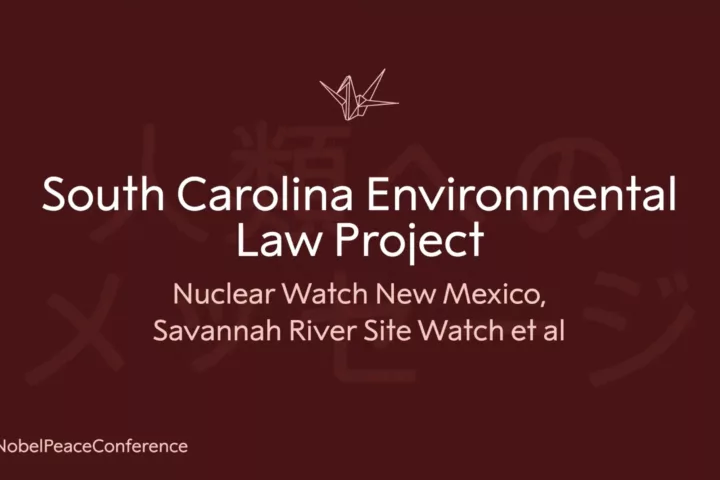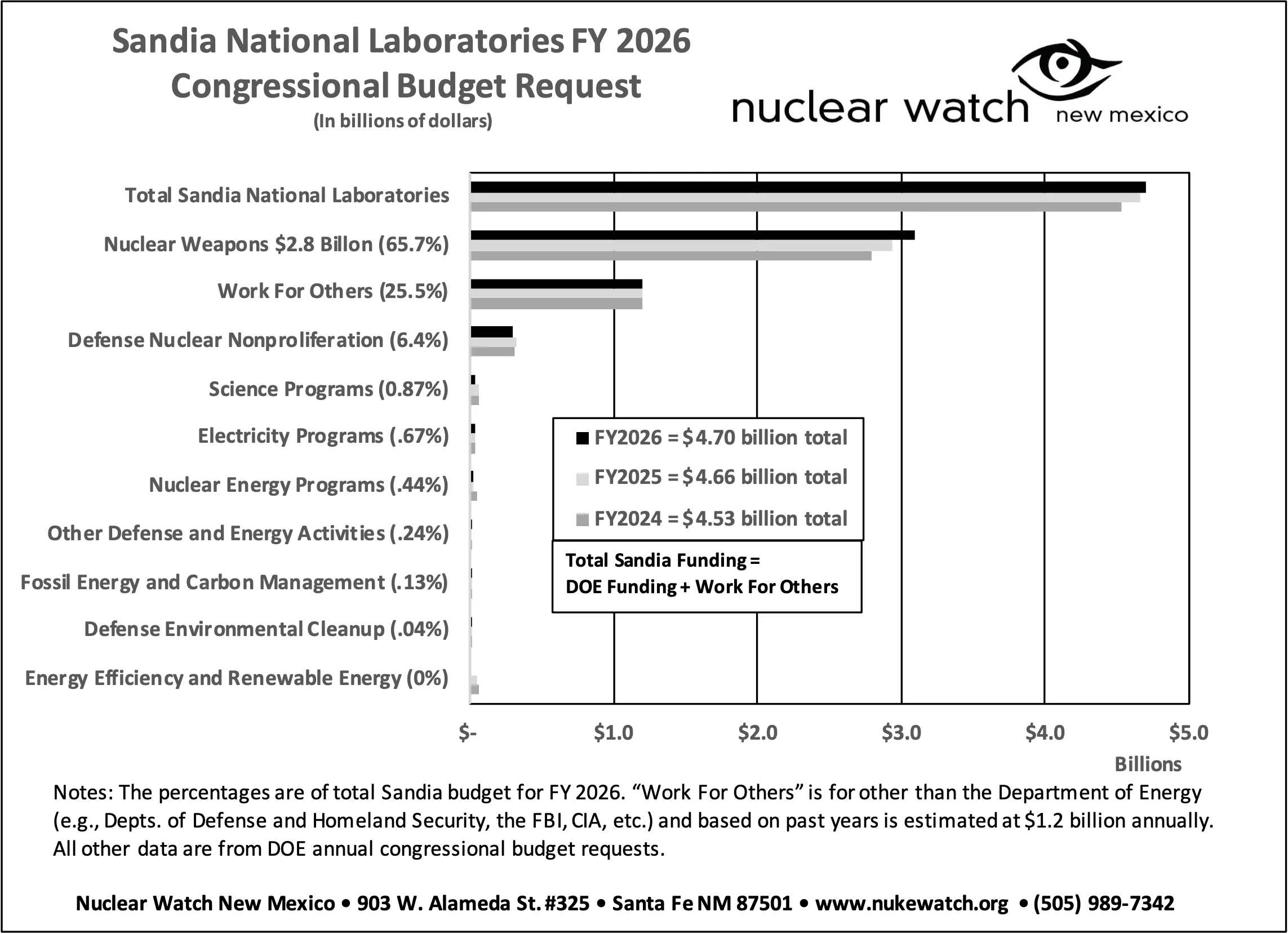 SEEKING JUSTICE FOR THE UNKNOWING, UNWILLING, AND UNCOMPENSATED INNOCENT VICTIMS OF THE JULY 16, 1945 TRINITY BOMB
SEEKING JUSTICE FOR THE UNKNOWING, UNWILLING, AND UNCOMPENSATED INNOCENT VICTIMS OF THE JULY 16, 1945 TRINITY BOMB

A Message From Tina
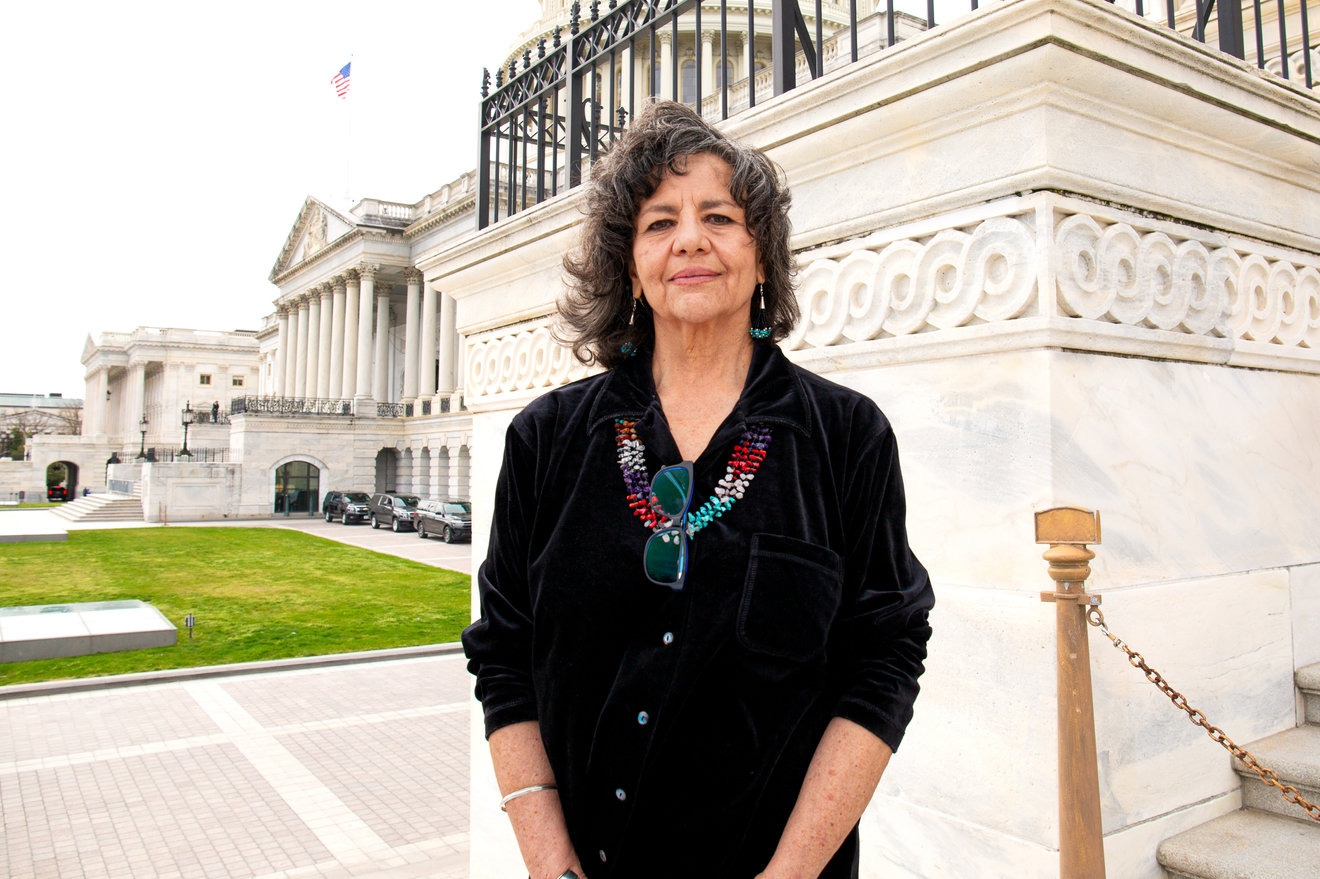
The DOJ is now accepting claims and has provided guidance on the claims process. They will only accept mail in claims at this time. They have indicated that an electronic process will be implemented by the end of the year. For more information you can go to the DOJ website at: https://www.justice.gov/civil/reca
Please be careful when supplying documentation via the regular mail. If you decide to file this way you may want to send the documents via certified mail. Once the electronic process begins it will be easier to assure that your documents are safe and being handled properly with little to no risk.
There are organizations/attorneys who are soliciting people to file claims with them. They use all sorts of tactics to get people to believe their services are necessary and often guarantee results. Please be aware that if an entity files a RECA claim on your behalf they will charge a fee. They receive the check, deduct their fee, and then pay you.
There will be Radiation Exposure Screening and Education Program (RESEP) clinics in our State that will assist people with claims. The claims process is not necessarily difficult and we’ll be training people to assist with the application process when needed. We’ll also be looking to government agencies to cooperate in locating necessary documentation for the application process. PLEASE DO NOT TURN OVER YOUR RECORDS TO ANYONE THAT YOU ARE NOT SURE ABOUT. You can remain updated about the application process, the training we’re going to organize or other questions you might have by going to our website at: www.trinitydownwinders.com
What does the expansion of RECA do?
The Radiation Exposure Compensation Act program has been re-authorized and extended through Dec 31, 2028 but the application deadline is Dec 31, 2027.
Downwinders who lived in New Mexico for one year from 1944 through Nov. 1962 will be eligible and family members can apply on behalf of a deceased loved one.
There are 19 cancers that are covered by the expansion.
The cancers covered are:
Leukemia (except chronic lymphocytic Leukemia); Lymphoma (other than Hodgkins); Primary cancers of the Thyroid, Breast, Esophagus, Stomach, Pharynx, Small Intestine, Pancreas, Bile Duct, Gall Bladder, Salivary Gland, Urinary, Bladder, Brain, Colon, Ovary, Liver (unless cirrhosis/Hepatitis B present), and Lung.
Compensation for downwinders will be increased to $100,000 and Downwind coverage is expanded to cover the entire state of New Mexico
Coverage for uranium miners and workers would be expanded:
To workers through Dec 31, 1990
To core drillers and remediation workers
To cover additional kidney disease for uranium miners
To allow for combined work histories
What does this mean?
This is the biggest expansion of RECA in the history of the program and it wouldn’t have happened without the tireless advocacy of Senator Lujan, Representative Leger Fernandez, Senator Heinrich, Representative Stansbury and Representative Vasquez.
While it is a significant win, it still leaves out many impacted communities, including the parts of Nevada and Arizona not previously covered, along with Montana, Colorado, and Guam.
The 2-year extension will likely not be adequate time to get all the people in New Mexico who qualify enrolled and this bill does not have health care benefits for Downwinders. We will continue to fight for a longer extension and the addition of healthcare benefits. This is an important first step because it reinstates the program keeping it operational so people can continue to apply for benefits and get the help they need, and it shows that expansion is possible and provides an opportunity to address concerns raised about the cost of expansion.
We are grateful for the win and consider this a big step in the right direction. We look forward to the day that claims are successfully filed and the people of New Mexico begin to see the benefit of the expansion of RECA. Stay tuned for updates and many thanks to all of you who have stood together with us in this fight!Continue reading

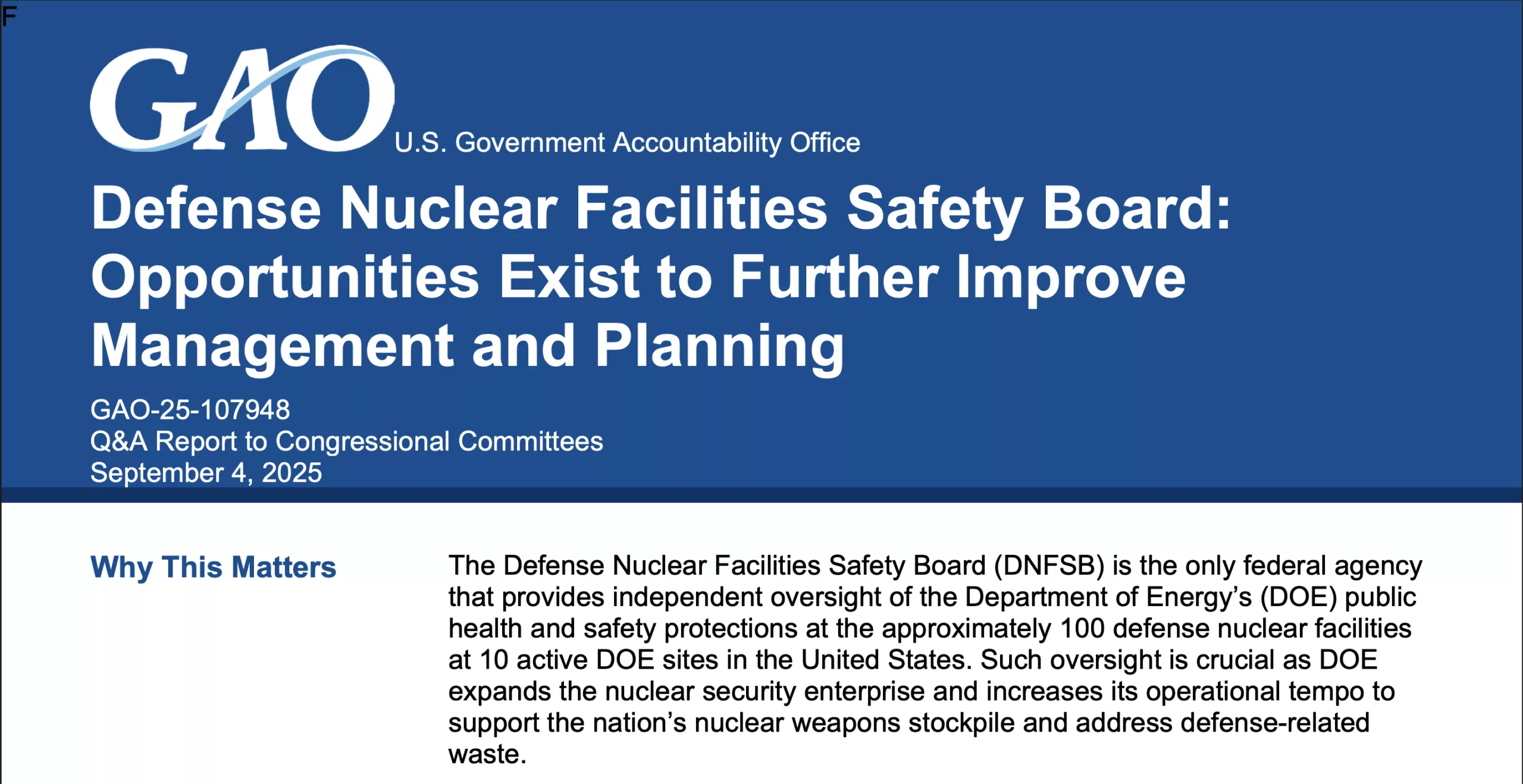
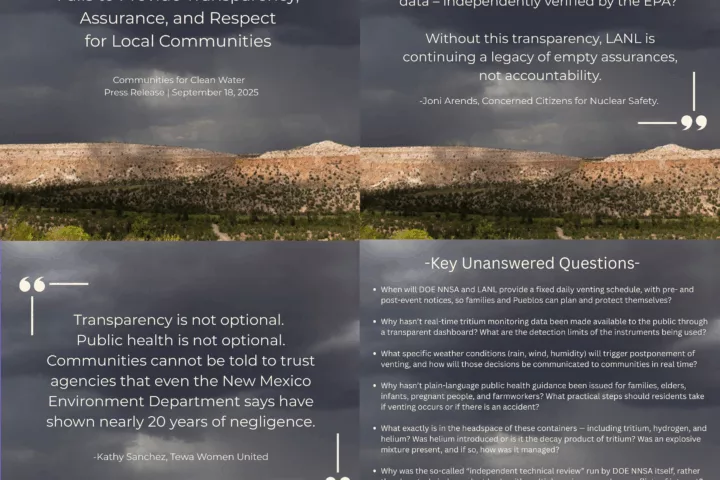
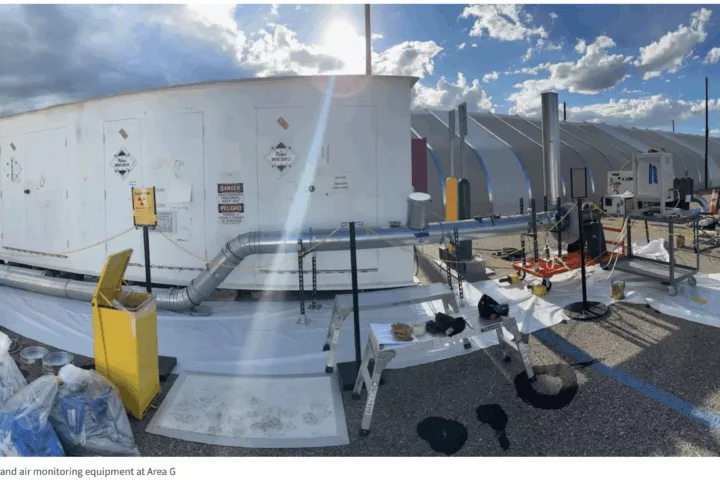
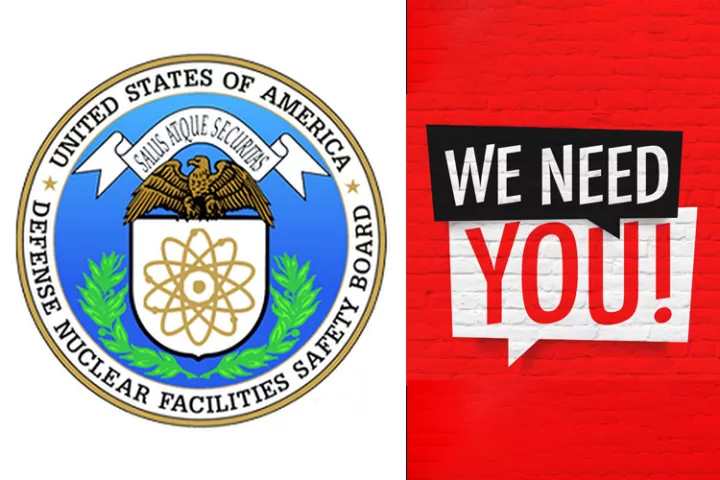
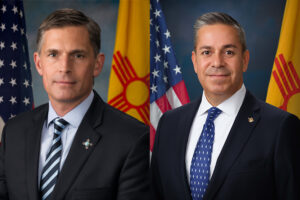
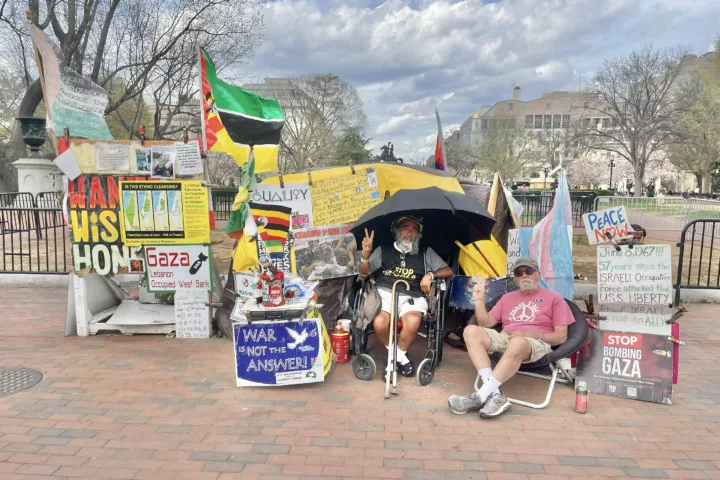


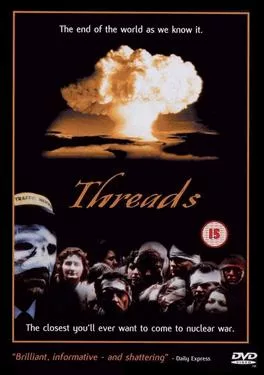

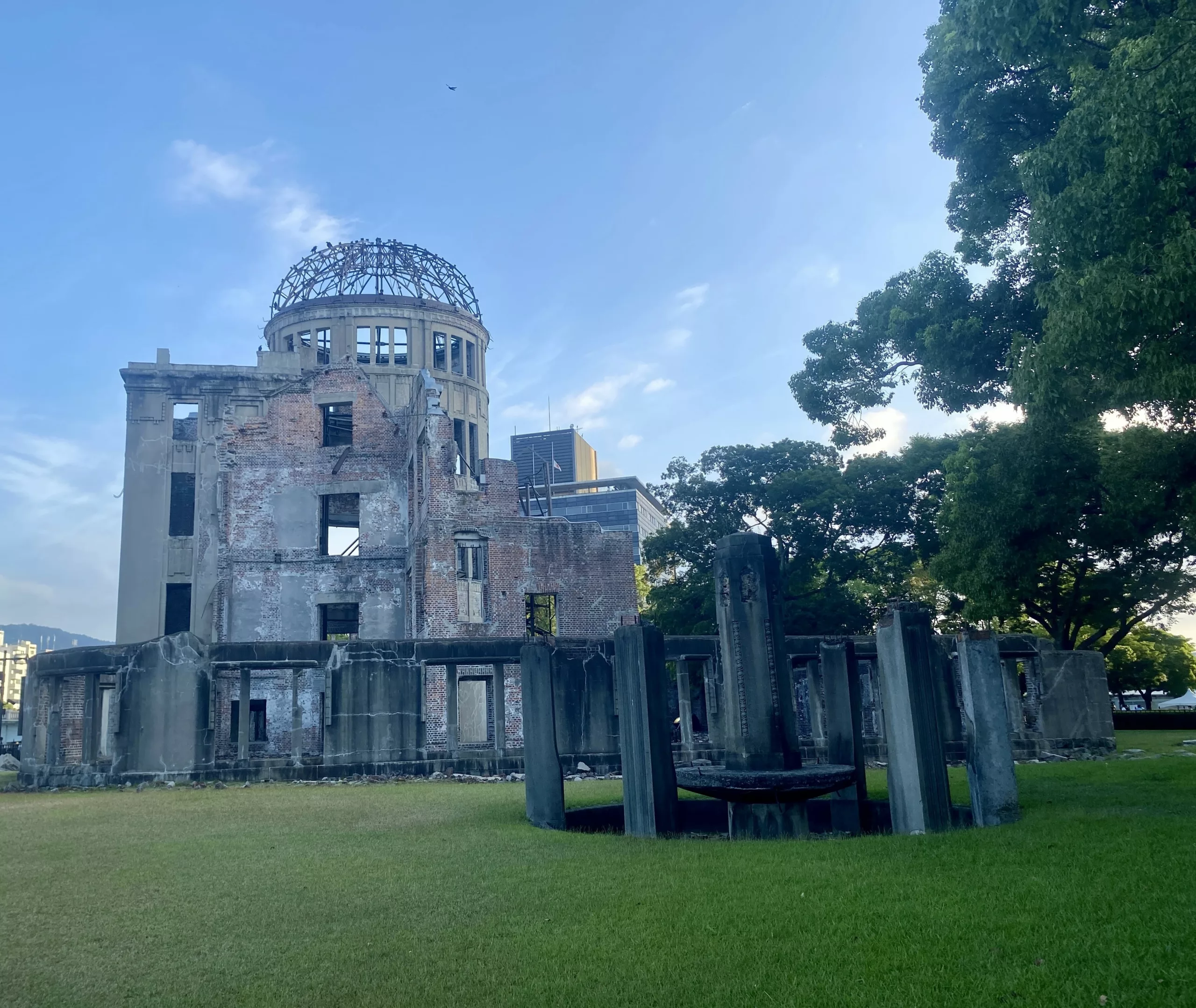 — Cardinal Bob McElroy of Washington, DC, August 5, 2025, at the World Peace Memorial Cathedral in Hiroshima, Japan.
— Cardinal Bob McElroy of Washington, DC, August 5, 2025, at the World Peace Memorial Cathedral in Hiroshima, Japan.